Light Management
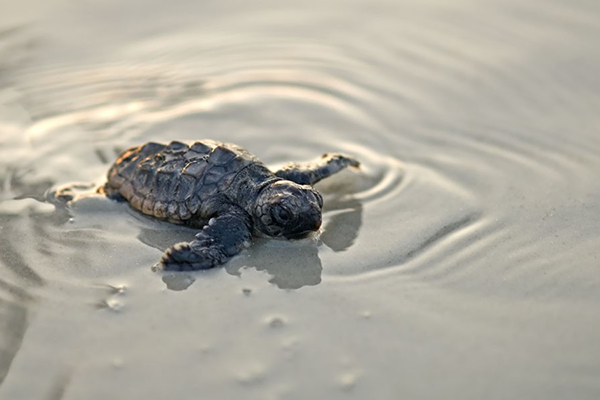
The Importance of Correct Lighting
Hatchlings emerging from a nest will instinctively be drawn to a light source along the beach. On a natural beach with no artificial light, the celestial light reflecting off the ocean guides the hatchlings to the water’s edge. When artificial light is present along the coastline, it causes the hatchlings to disorient and travel toward the light source rather than the ocean.
Sea turtles are protected under the Endangered Species Act, and it is estimated that only 1 out of 4,000 survive to sexual maturity at 30 years of age. Their recovery largely depends upon our efforts to manage the effects of expanding human populations and other anthropogenic threats. Light pollution may be one of the most easily managed.
Maggie Boselowitz Environmental Specialist (Beach Lighting)
Habitat Conservation
Solving the Problem
Section 4.01.09 of Article IV of The Land Development Code (page 26-30), establishes a Light Management Plan for the protection of Florida’s federally listed threatened and endangered nesting marine turtles in St. Johns County. In August 2006, St. Johns County received approval from the United States Fish and Wildlife Service (USFWS) for a 20-year Incidental Take Permit (ITP) and Habitat Conservation Plan (HCP). One of the conditions of this permit is to have the lighting ordinance fully enforced in the unincorporated 41.1 miles (66.1 km) of Coastal St. Johns County.
How You Can Reduce Lighting Impacts
- Replace all exterior light bulbs with amber, orange, or red LED bulbs. Studies have shown that the long wavelength spectrum of light (oranges, reds) is less attractive to sea turtles.
- Bulbs must be 25 watts or less.
- Place a shield or fixture on the bulb/lens to fully cover the point source of light.
- Redirect fixtures down and away from the beach. In some cases, slightly angling or rotating the lights away from the beach can bring the lighting into compliance.
- Eliminate or turn off all unnecessary lights, such as landscape lighting, pool lights, palm tree lights, pergola lights, etc.
- Reposition lights behind existing barriers to shield them from view. Reducing the height of pole-mounted fixtures may resolve many problems.
- Plant native dune vegetation to provide a buffer between the beach and the light source.
- Install timers and/or motion detectors in areas where public safety or security lighting is of concern.
- The 3 Golden Rules: 1) Keep it LOW – Fixtures are low to the ground and downward directed 2) Keep it SHEILDED – Bulbs/lenses are shielded from the beach 3) Keep it LONG – Bulbs/lenses are long wavelength colors (reds and oranges)

Lighting Examples
NON-COMPLIANT VS COMPLIANT
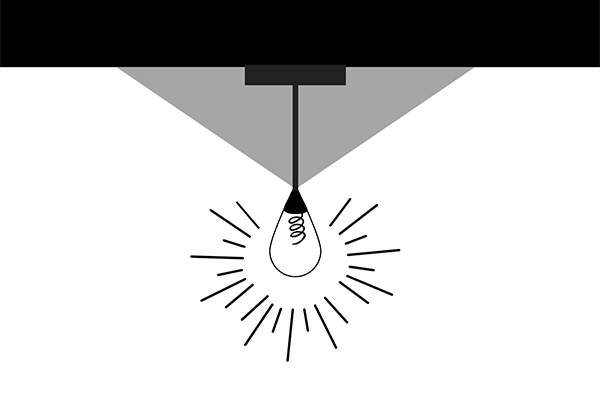
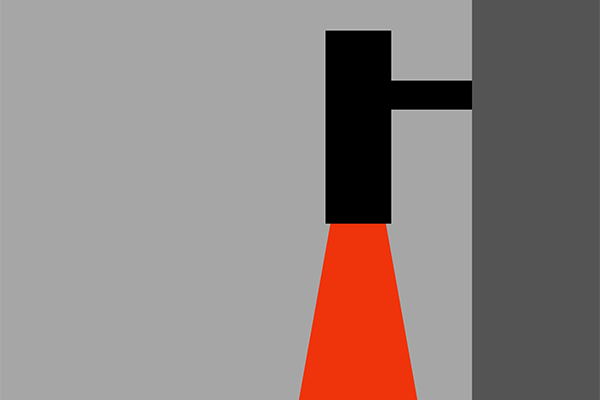
BEFORE VS AFTER
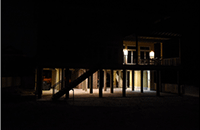
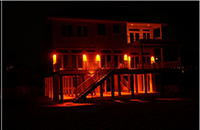
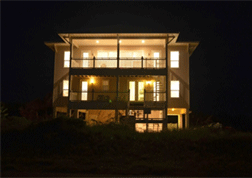
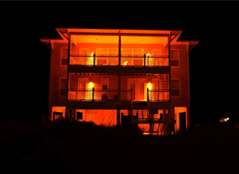
Resources
If you need assistance with beach lighting issues, please contact our office at (904) 209-0323.